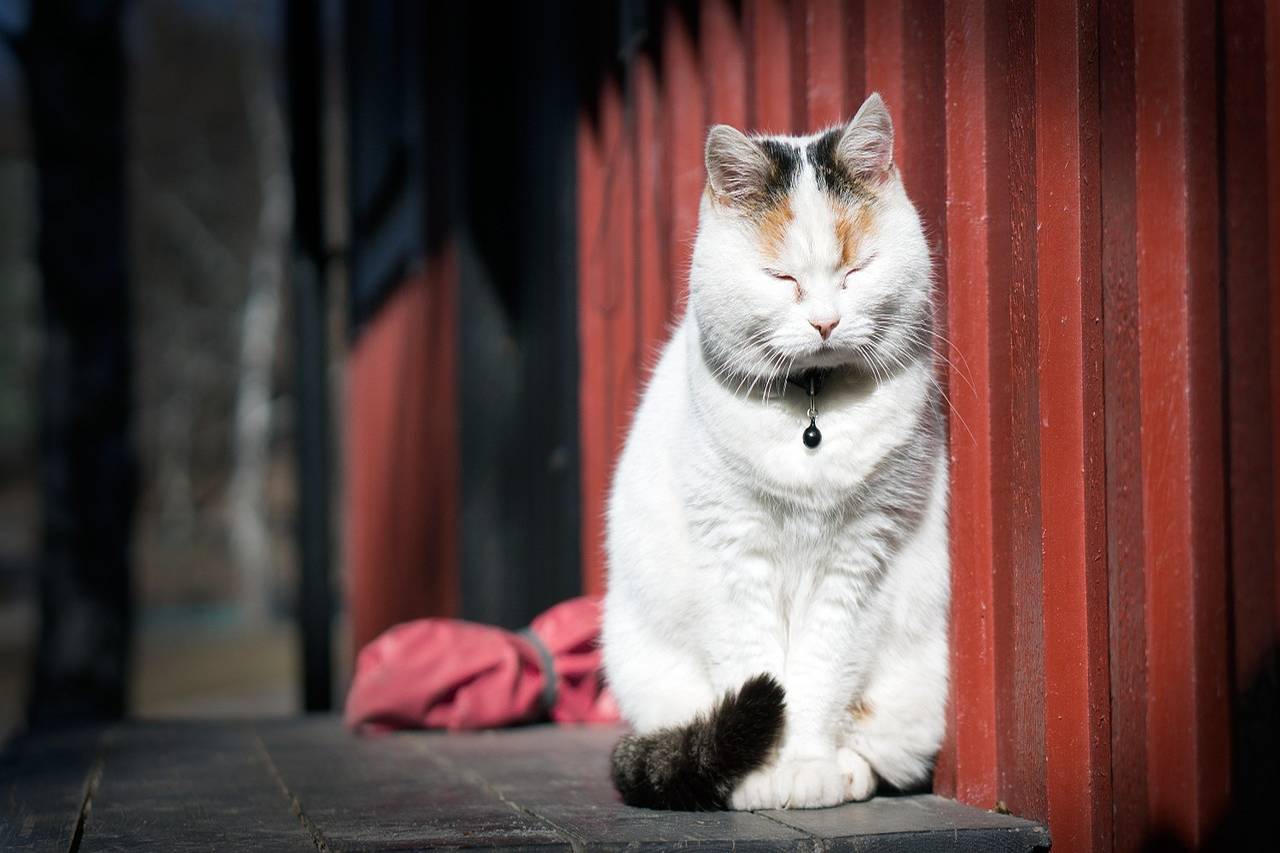Cats Purr, a kind of muffled cat hum
is recognizable among hundreds of noises. While it is often associated with the cat's happiness and has undeniable benefits, the purr can have many other meanings.
Your cat's happiness and well-being is most often translated by its purring, in other words by the production of a kind of whistling sound linked to the vibration of the diaphragm. Appearing in the presence of other cats or humans, the purr can be a sign of well-being, but it can also signify a state of fear or inferiority.
Why does cats purr?
If you've noticed that a cat's purr usually appears as a result of petting and moments of complicity with you, it's still difficult to know why the cat is purring. This noise would be useful to convey the cat's mood to humans and other felines alike. It is due to the vibration of muscles, located in the larynx and diaphragm of your companion, at different frequencies depending on the meaning of the purr.
What is the meaning of cats purring?
The cat's purr is not an insignificant "hum" and can have many meanings. The main meaning of the purr is that the cat is happy, making that noise when you are petting or caring for him in a pleasant way. This purr also occurs when your pet is waiting for food and knows it will reach its goal. Inversely, it can mean your cat is afraid of a stressful situation or an attack, for example. It is therefore essential to observe your cat's overall behavior in order to understand the meaning of its purr.

The benefits of purring for the cat and its owner
The benefits of purring for cats
Whatever the situation in which it appears, the purr is only beneficial for the cat that produces it, and even for his play mates. Indeed, even if the cat is weak or injured, the purr would help calm and soothe him. A purring cat can also reassure the cats around him, thanks to the production of this soothing vibration. This is for example the case of a cat that purrs to signify her reassuring presence to her young and the absence of danger.
What is "purring therapy"?
If purring soothes cats, it would have the same effect on humans. Some specialists advocate a therapy based on the purr of cats, called "purrtherapy". Thus, through its production, the purr would act on the amygdalian system, which is closely linked to the emotions of the human being. It would then trigger emotions similar to those felt when facing a stressful situation and would then help to calm the human being.
The purr would be useful for the cat's bones :
If it allows you to witness your cat's moods and control them, purring would also have the power to strengthen your pet's bones. In fact, it occurs at different frequencies, one of them around 26 Hz. Which, according to some specialists, stimulates the regeneration of the tissues around the bones.
This association between cat purring frequencies and improved healing of bones and muscles could be useful to some humans. Loss of bone density and muscle atrophy are a major concern for astronauts during prolonged periods of zero gravity. Their musculoskeletal system is not subject to the normal stresses of physical activity, including the routine of standing or sitting, which requires strength to control posture.
Cats purr stimulates bones
Since cats have adapted to conserve their energy through long periods of rest and sleep. It is possible that purring is a low-energy mechanism that stimulates muscles and bones without much energy.
Cat durability has made it easier to believe that cats have "nine lives" and a common veterinary legend has it that cats are able to rebuild their bones when placed in the same room with all their parts. The purring could be the basis of this feline mythology.
Cats purr potential source of self-healing
Perhaps cats' purring does help alleviate dysplasia or osteoporotic disorders that are more common in their canine cousins. While it is tempting to say that cats purring because they are happy. It is more plausible that cat purr is a way of communication and a potential source of self-healing.